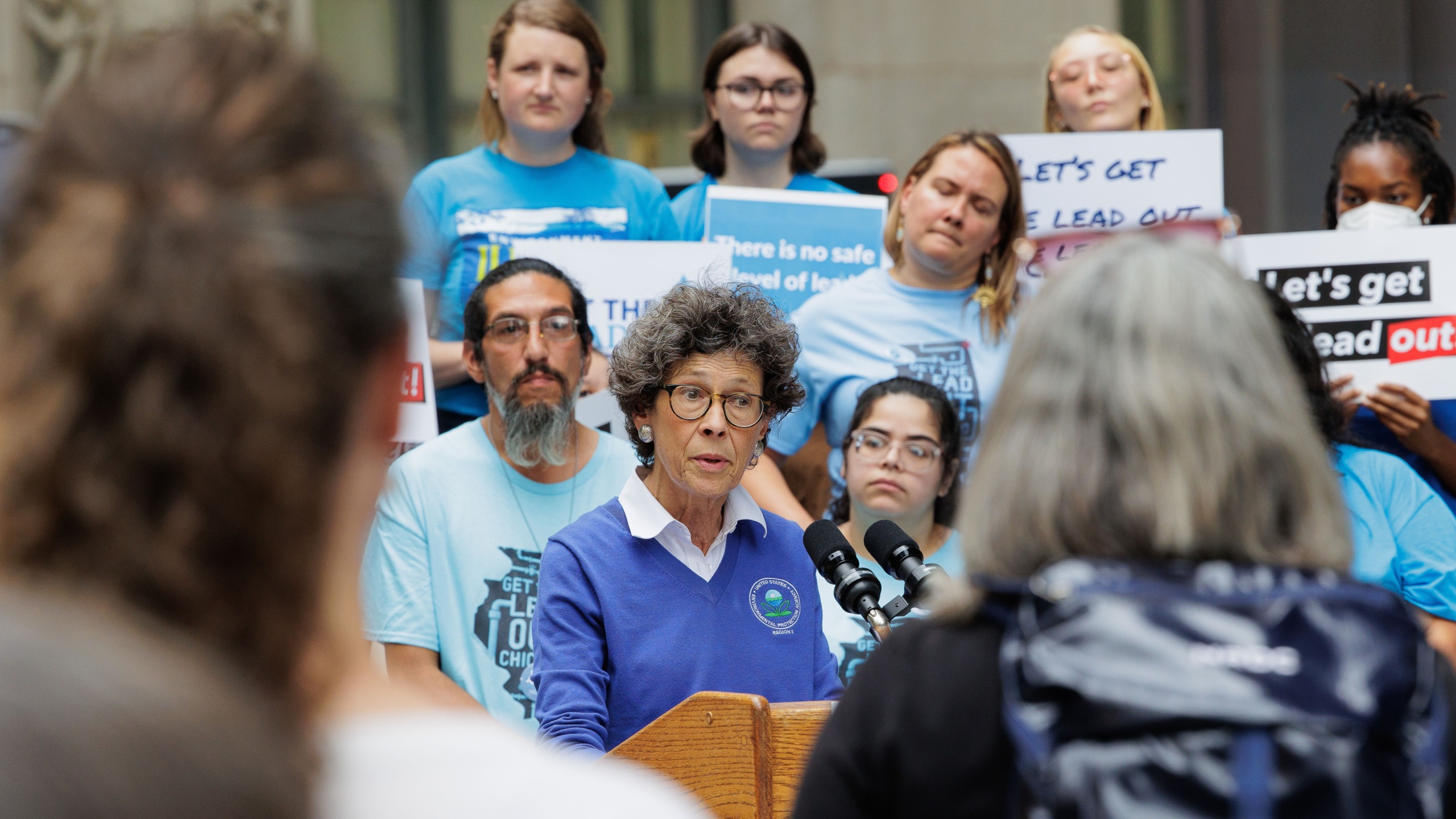
Chicagoans want to get the lead out
Parents, environmentalists, policymakers and concerned citizens rally at Daley Plaza to support efforts to get the lead out of drinking water.
It’s up to us to protect our ecosystems and communities from toxic chemicals.
Most of the 80,000 chemicals on the market in the United States have been put into use without testing long-term consequences for the environment, or their impacts on our health. We should make sure that any chemical in use is safe, eliminate those we know are dangerous, and stop using any that are damaging healthy ecosystems. And if an industry makes a toxic mess, we should know right away, and they should be the ones to pay for cleaning it up.
Parents, environmentalists, policymakers and concerned citizens rally at Daley Plaza to support efforts to get the lead out of drinking water.
As summer kicks into high gear and more families are hitting lakes and beaches around the country, the last thing on their minds is potential dangers lurking in the water.
A major chemical company and producer of PFAS “forever chemicals”, 3M agreed to a $10.3 billion settlement with public water utilities last Thursday.
BOSTON -- Lead contamination of school drinking water is more pervasive than previously thought, according to testing data from across the nation published on Thursday by Environment America Research & Policy Center and U.S. PIRG Education Fund on a new interactive map. The groups urged public officials to take swift action to “get the lead out” of schools’ drinking water.
Vice President Kamala Harris will announce on Monday a clean schools infrastructure program, which features grant funding for public school energy upgrades, money for electric school buses, and investments in rural schools.
Nearly 15,000 people are urging the U.S. Environmental Protection Agency to not only set a 10-year deadline for removing lead pipes but also take decisive action to ensure safe drinking water at schools and child care centers. Environment America Research & Policy Center and U.S. PIRG Education Fund submitted comments Wednesday from these individuals on the EPA’s Draft Strategy to Reduce Lead Exposures and Disparities.
